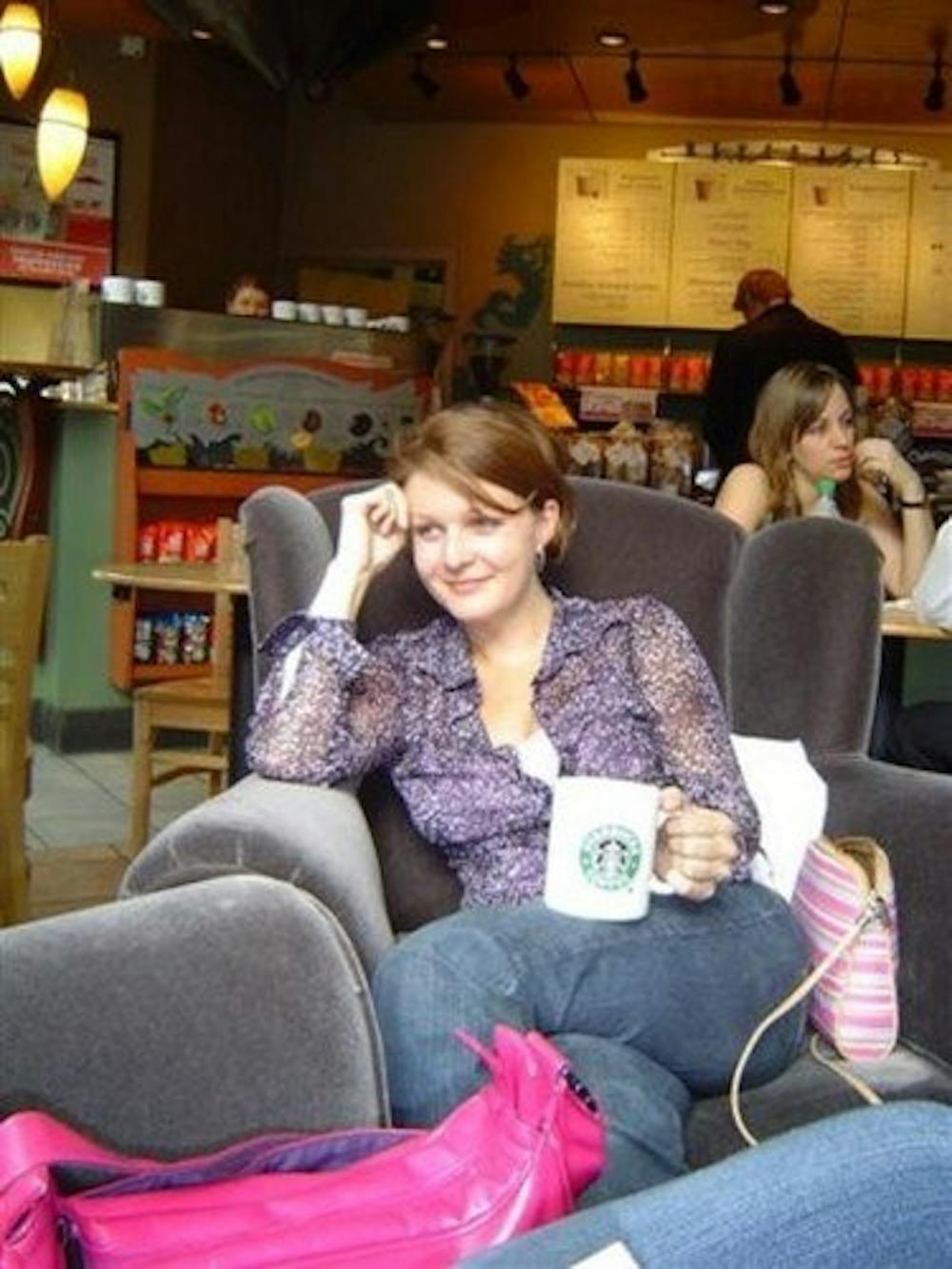When rough diamonds began arriving in Amsterdam from South Africa, the international diamond trade exploded. Small shops were turned into “large-scale capitalist enterprise,” employment rose and the diamond industry offered a chance at socioeconomic mobility for many Jews. The role that these Jews played in the international diamond trade is the current subject of USC professor Saskia Coenen Snyder’s research and the book she is working on.
Originally from the Netherlands, Snyder received her masters from the University of Utrecht before heading to the University of Michigan to obtain her doctorate. She became interested in the place of the Jews in the transatlantic diamond trade in large part due to her Dutch background.
"For the Dutch people, the association of diamonds with Jews is almost automatic because so many of Amsterdam’s Jews were involved in the diamond industry,” Snyder said.
By her estimate, 50 percent of the total Jewish population in Amsterdam at the time were in some way involved in the diamond trade.
In 1869, incredibly rich diamond deposits were discovered in South Africa. This was the catalyst for what is known as the Cape Era (1871-1876), which were times of enormous prosperity for the Jewish people involved in diamond trade. Large percentages of the diamonds unearthed were sent to Dutch diamond mills, leading to increased wages for workers and allowing for Jewish workers and leaders to become politically active.
Snyder’s favorite part about her research is unveiling a story that nobody knew before. She wants to find out whose hands these diamonds passed through from the second the rough diamonds were taken out of the ground in South Africa to the time they were polished and placed in the ring on your finger.
“If we look at an object we can actually learn a lot, not just about the actual object but also the whole narrative around it,” Snyder said.
A large part of material culture studies like this one looks to identify what these objects and their stories can tell us about ourselves.
As a recent recipient of a grant from the Netherlands Institute for Advanced Study, Snyder will be spending the next year amassing data from archives across the world and writing her book. In June, she will be traveling to Cape Town, South Africa, to analyze the position of Jews in physically extracting the rough stones from the ground.
Often, historians merely look at Jewish histories within borders, but through this grant Snyder hopes to shed light on “the much more global lives that these people had and global patterns” and to learn more about Jewish history and history as a whole.

